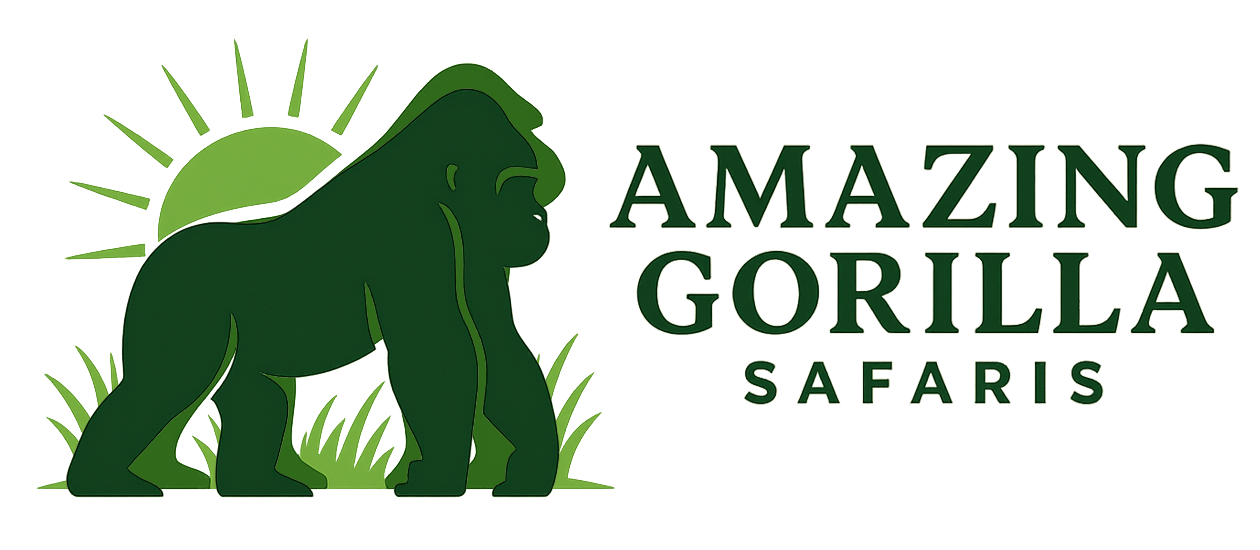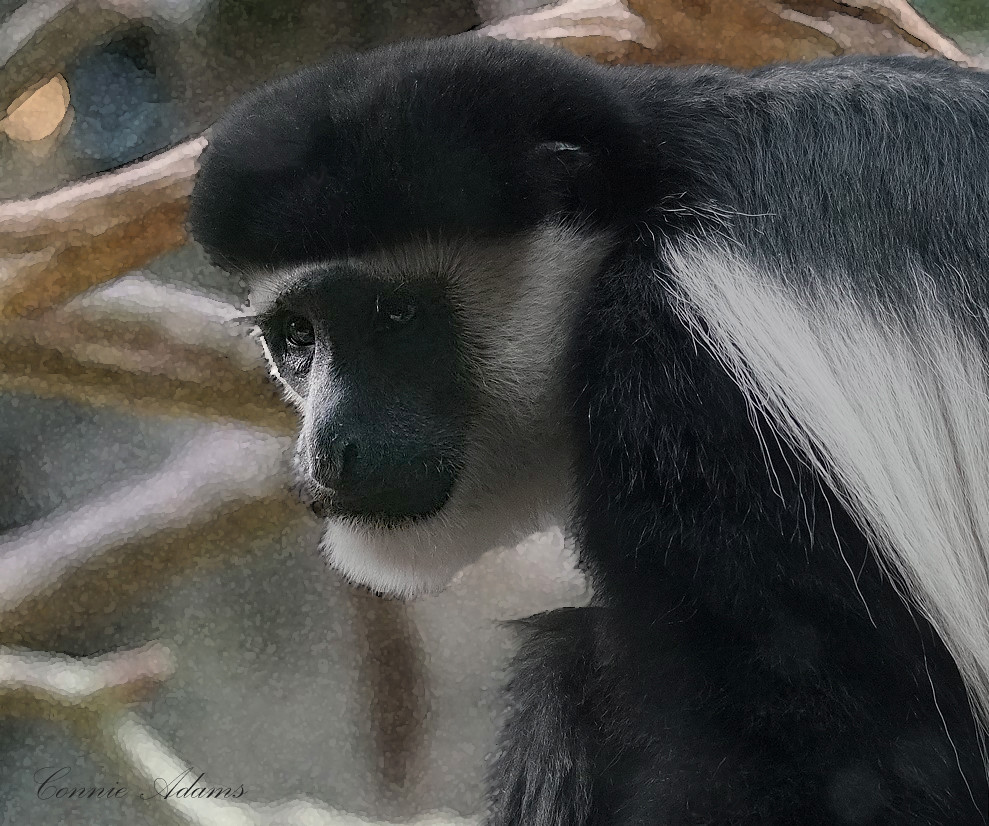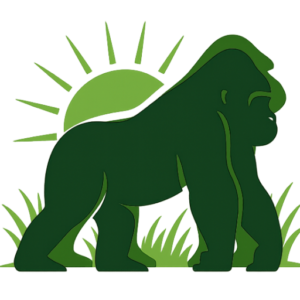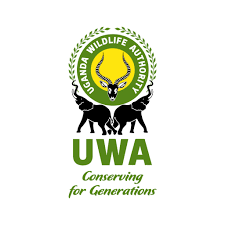Colobus Monkeys Trekking in Rwanda | Discover the Playful Spirits of Nyungwe Forest
In the heart of southwestern Rwanda, where the mist hangs over emerald hills and ancient trees hum with life, lies one of Africa’s most enchanting rainforests — Nyungwe National Park. This pristine montane forest is home to one of the continent’s most fascinating primate experiences: Colobus monkey trekking.
Elegant, agile, and beautifully patterned in black and white, Angolan colobus monkeys swing gracefully through the canopy like living brushstrokes of contrast. Trekking to see them in their natural home is a mesmerizing journey through sound, color, and movement — a softer, more playful counterpart to the intensity of gorilla or chimpanzee trekking.
The Beauty of Colobus Monkeys
Colobus monkeys are among Africa’s most striking primates. Their long, silky black-and-white coats and flowing tails give them an almost ethereal appearance as they leap effortlessly through the trees. The name “colobus” comes from the Greek word “kolobos,” meaning “mutilated,” referring to their lack of thumbs — an evolutionary trait that allows for smoother, faster movement among branches.
In Rwanda, the Angolan colobus (Colobus angolensis ruwenzorii) thrives in the cool, high-altitude forests of Nyungwe National Park and nearby Gishwati-Mukura National Park. Nyungwe hosts one of the largest troops of colobus monkeys in Africa, with some groups numbering up to 400 individuals, making it one of the best places in the world to observe them.
The Colobus Trekking Experience
Beginning the Adventure
Your day begins early at the Nyungwe Forest National Park headquarters, where you’ll meet experienced rangers and guides who brief you about the trek. After a short orientation, you set off on foot into the lush forest, following narrow trails shaded by giant ferns and centuries-old mahoganies.
The trek usually lasts 1 to 3 hours, depending on where the monkeys are located. Along the way, your guide will share fascinating insights about the forest’s ecology, its 13 primate species, and the interwoven web of plants, fungi, and animals that make Nyungwe a living museum of biodiversity.
Encountering the Colobus
When you finally reach the troop, the forest comes alive with motion. The colobus monkeys swing effortlessly between branches, their long tails streaming behind them like ribbons. You might see mothers carrying infants on their backs, young monkeys chasing each other through the trees, or dominant males watching over the group with quiet confidence.
Their social interactions are delightful to watch — gentle grooming, playful leaps, and the occasional loud call that echoes through the forest canopy. Unlike chimpanzees, colobus monkeys are not shy; they often linger above, allowing for excellent photography and observation.
Trekkers are allowed to spend up to one hour with the troop, giving plenty of time to enjoy their behavior and the serene rhythm of the rainforest.
A Journey Through Nature’s Symphony
The experience of colobus trekking is as much about the journey as it is about the monkeys. Nyungwe’s trails are alive with birdsong — including the melodies of the Rwenzori turaco and sunbirds — and the rustle of leaves underfoot. Every step reveals new textures and shades of green, from moss-covered logs to towering lianas.
It’s a peaceful, meditative adventure that connects you deeply with the living pulse of the forest.
Where to Trek Colobus Monkeys in Rwanda
1. Nyungwe National Park
The most famous site for colobus monkey trekking, Nyungwe’s Gisakura area is the main starting point for this activity. The Gisakura Forest, just outside the main park boundary, is home to a large, semi-habituated troop of Angolan colobus monkeys that can easily be reached on foot.
Permits for the trek are arranged through the Rwanda Development Board (RDB) or local tour operators.
2. Gishwati-Mukura National Park
This smaller, lesser-known park in northwestern Rwanda also shelters colobus monkeys along with chimpanzees and golden monkeys. Treks here are quieter and more intimate, offering a chance to enjoy primate tracking without crowds.
When to Go
Colobus monkey trekking is available year-round, but the best time to visit is during the dry seasons — from June to September and December to February — when trails are less slippery and visibility is clearer for photography.
During the rainy months, the forest is lush and alive, though trekking can be more challenging.
What to Bring
-
Comfortable hiking boots with good grip
-
Lightweight, long-sleeved clothing for forest protection
-
Rain jacket (Nyungwe’s weather can change quickly)
-
Insect repellent and sunscreen
-
Camera with zoom lens
-
Drinking water and snacks
Conservation and Community
Colobus trekking is part of Rwanda’s broader effort to promote eco-tourism and conservation. By visiting Nyungwe and its surrounding communities, travelers directly contribute to protecting this ancient rainforest and supporting local livelihoods.
A portion of every trekking permit fee goes toward community development projects, helping improve schools, healthcare, and sustainable farming in nearby villages.
Combining Colobus Trekking with Other Experiences
Nyungwe National Park offers a wealth of activities that complement colobus trekking, including:
-
Chimpanzee tracking in the Cyamudongo and Uwinka sectors
-
The breathtaking Canopy Walk, a 160-meter bridge suspended above the forest
-
Waterfall hikes, such as the Isumo Trail
-
Bird watching, with over 300 recorded species
-
Tea plantation tours at nearby Gisakura estates
These combined experiences create a complete Nyungwe adventure — a balance of wildlife, culture, and scenic wonder.
A Gentle Encounter with the Wild
Colobus monkey trekking in Rwanda is a celebration of grace and connection. It’s not about adrenaline, but about presence — watching, listening, and feeling the heartbeat of the forest through its most elegant inhabitants.
As you watch these black-and-white acrobats leap effortlessly between trees, you’ll understand why Nyungwe is called Rwanda’s living cathedral — a sanctuary where nature’s harmony unfolds in every movement.





